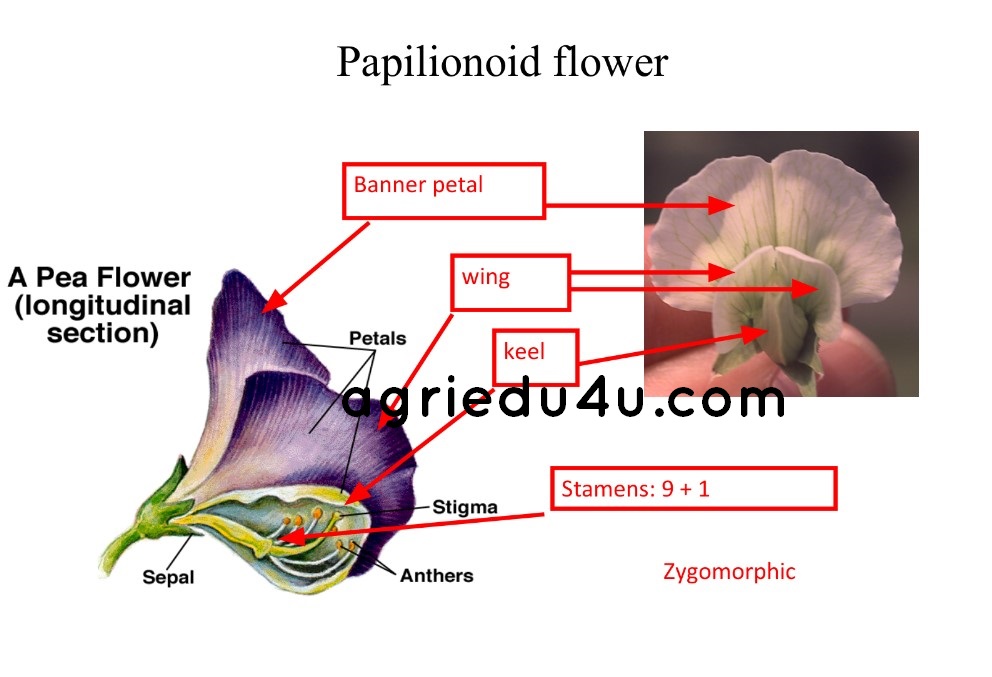The mechanisms promoting self-pollination in plants act in different ways. They may be due to morphological factors, Physiological factors or flower structure. Their main purpose is to effectively reduce cross-pollination to a minimum level. The mechanisms that promote self pollination are given below –
Mechanisms promoting self pollination
Cleistogamy
Cleistogamy – In some varieties of wheat, rice, and oats the flowers do not open at all this is known as cleistogamy. Cleistogamy ensures complete self-pollination.
Chasmogamy
Chasmogamy – In some crops like wheat, barley, and rice flowers do not open but self-pollination occurs just before the flower opens known as chasmogamy. Some level of cross-pollination may occur in chasmogamy.
Position of anther and Stigma
In some plants like brinjal and tomato anthers are located around and slightly above the stigma. Pollination occurs after anthesis but the location of anthers ensures self-pollination. eg Pin and Thrum flowers
Papilionaceous corolla
In the plants of the family Fabaceae Papillonaceae, the corolla petals are arranged in such a manner that the anthers are enclosed in a keel, which is a boat-shaped structure formed by the lower petals. This mechanism promotes self-pollination.

